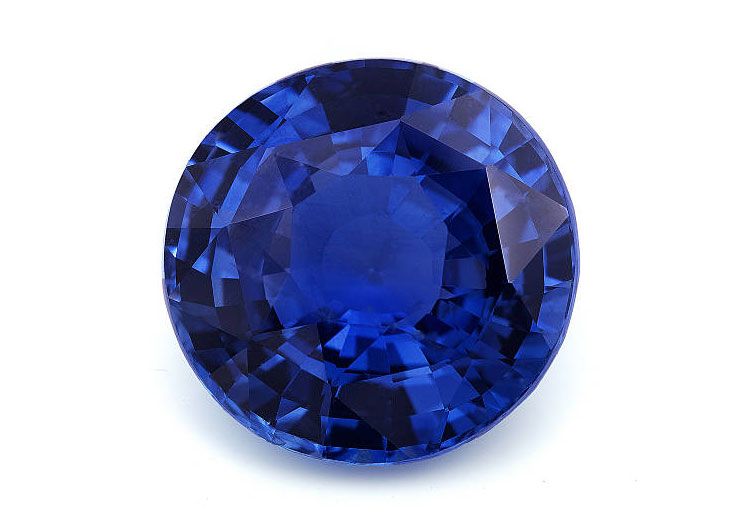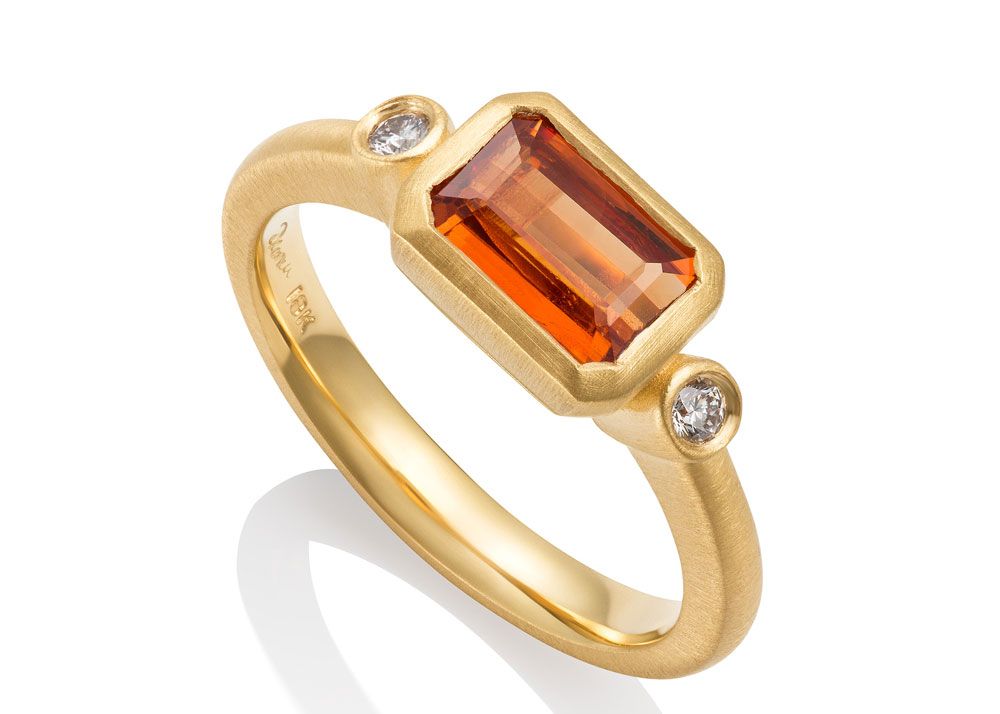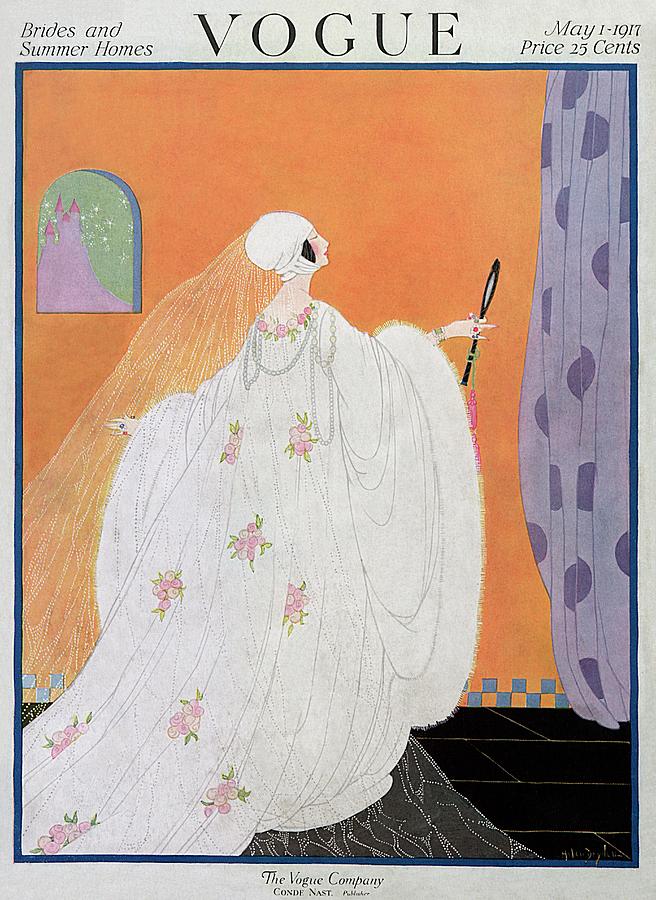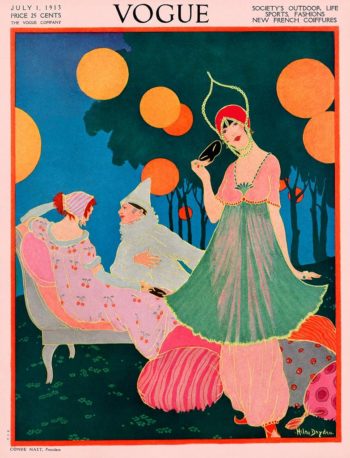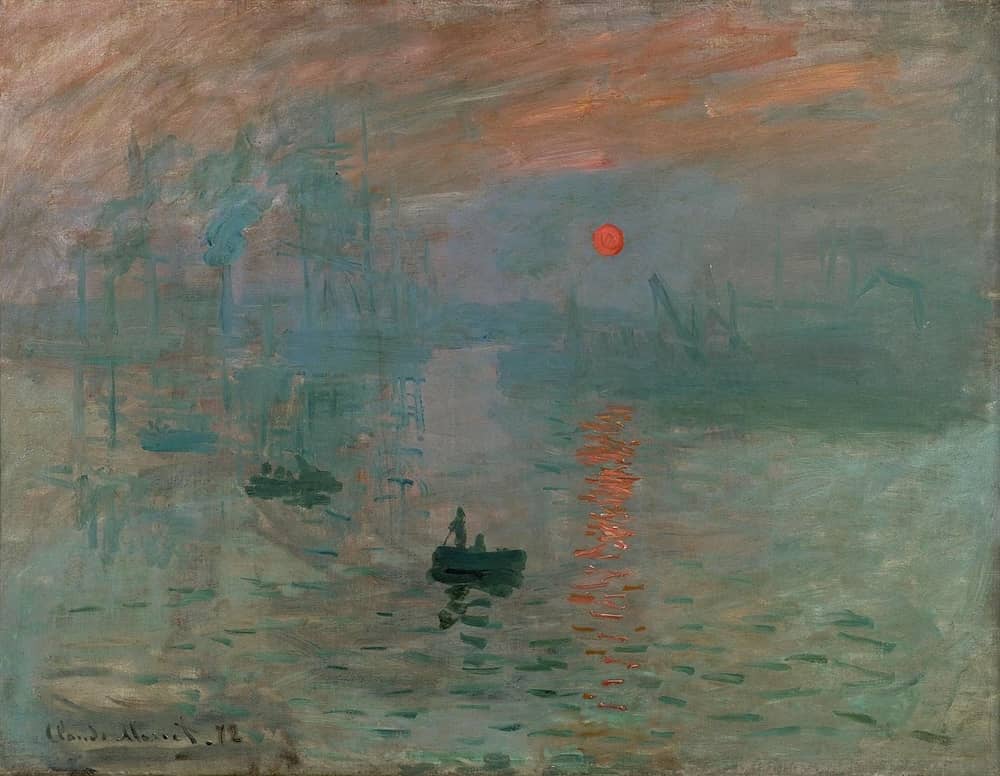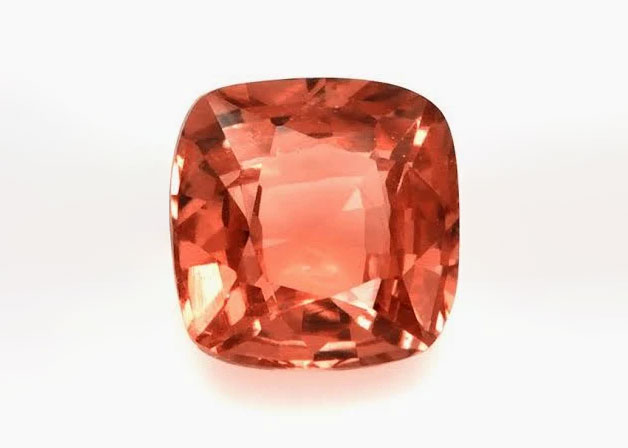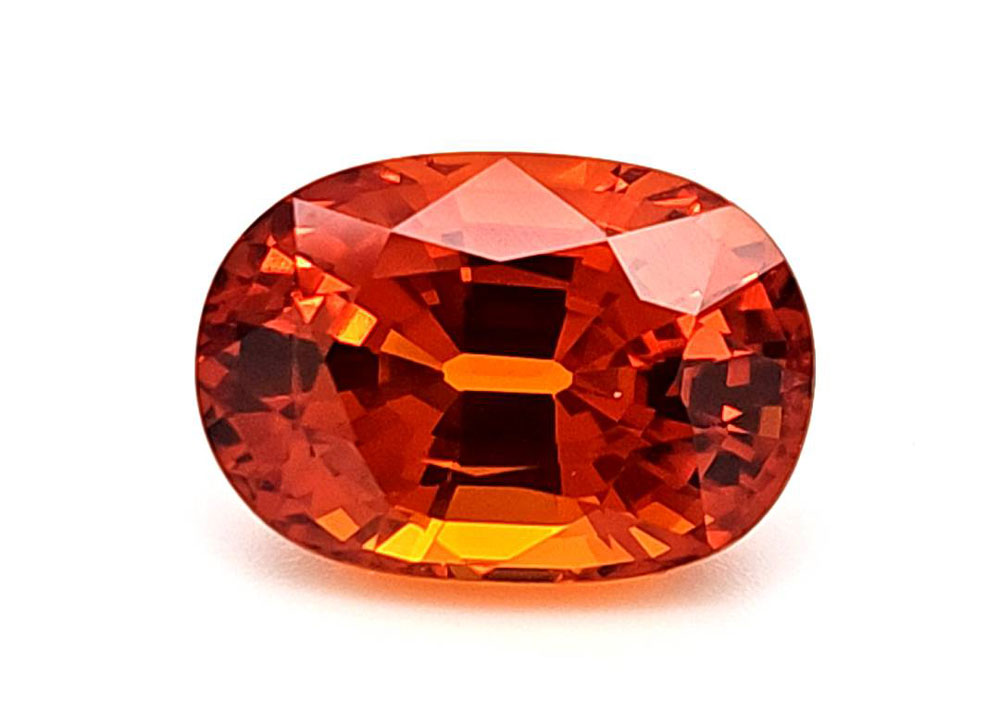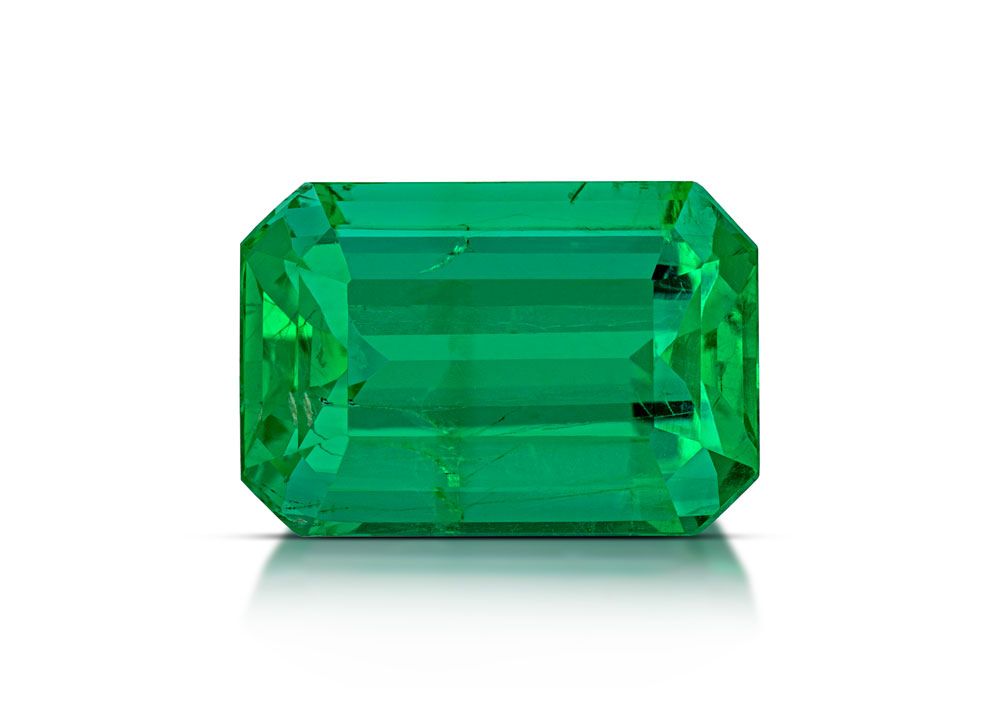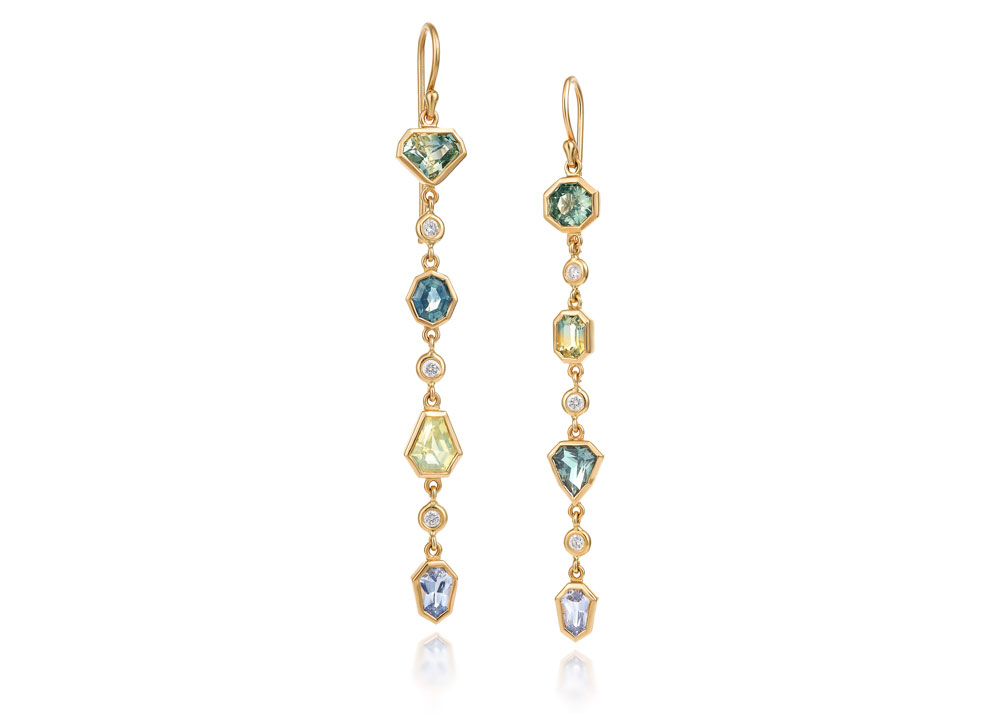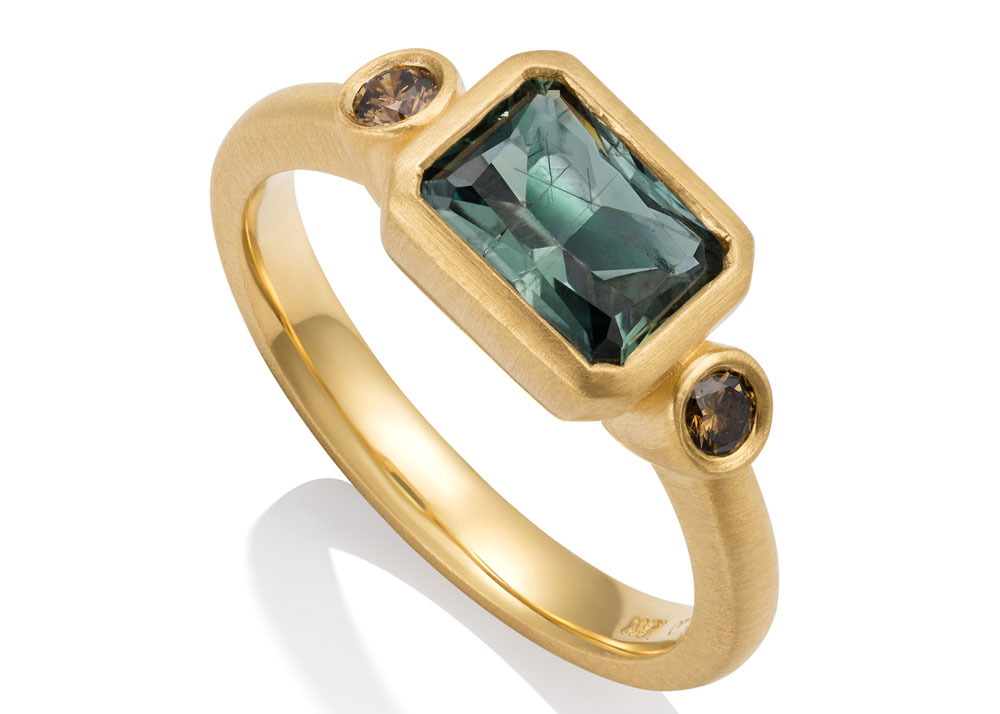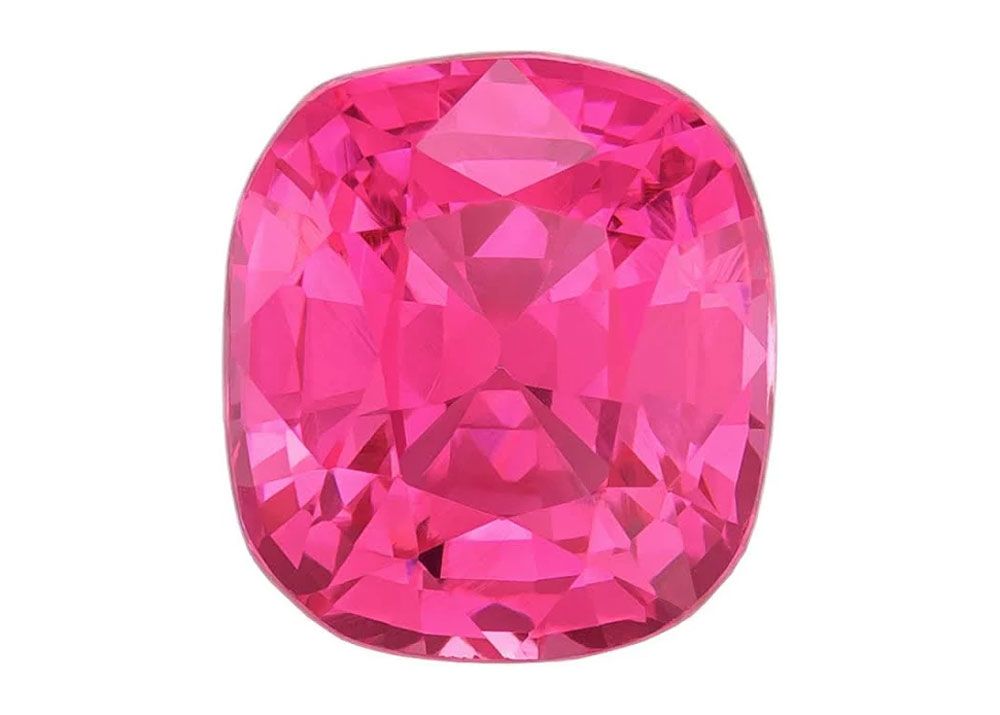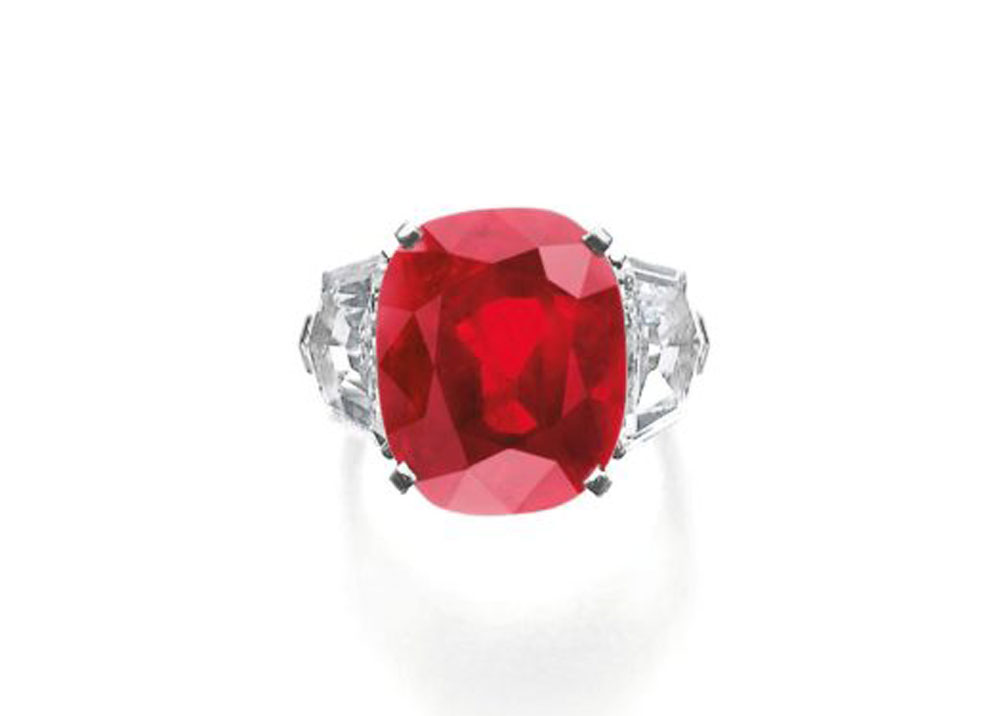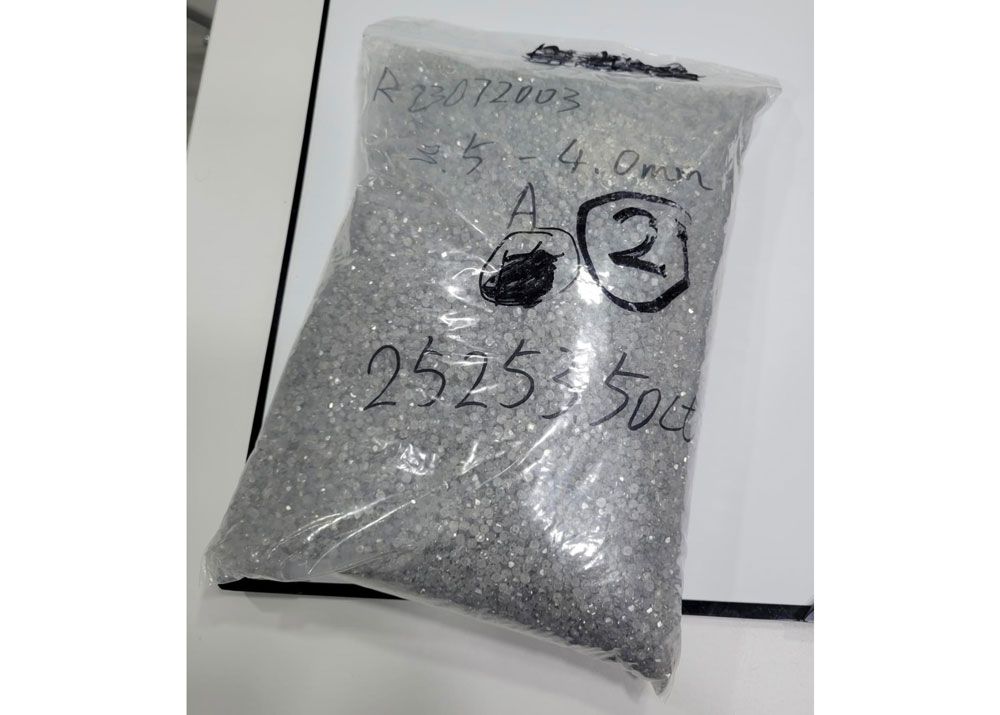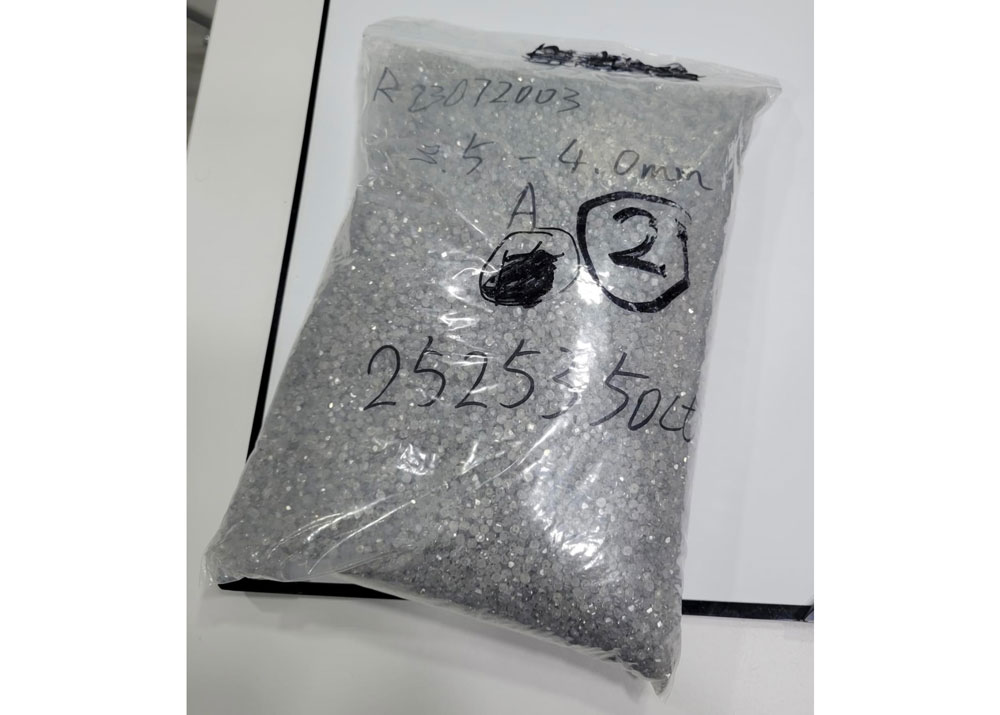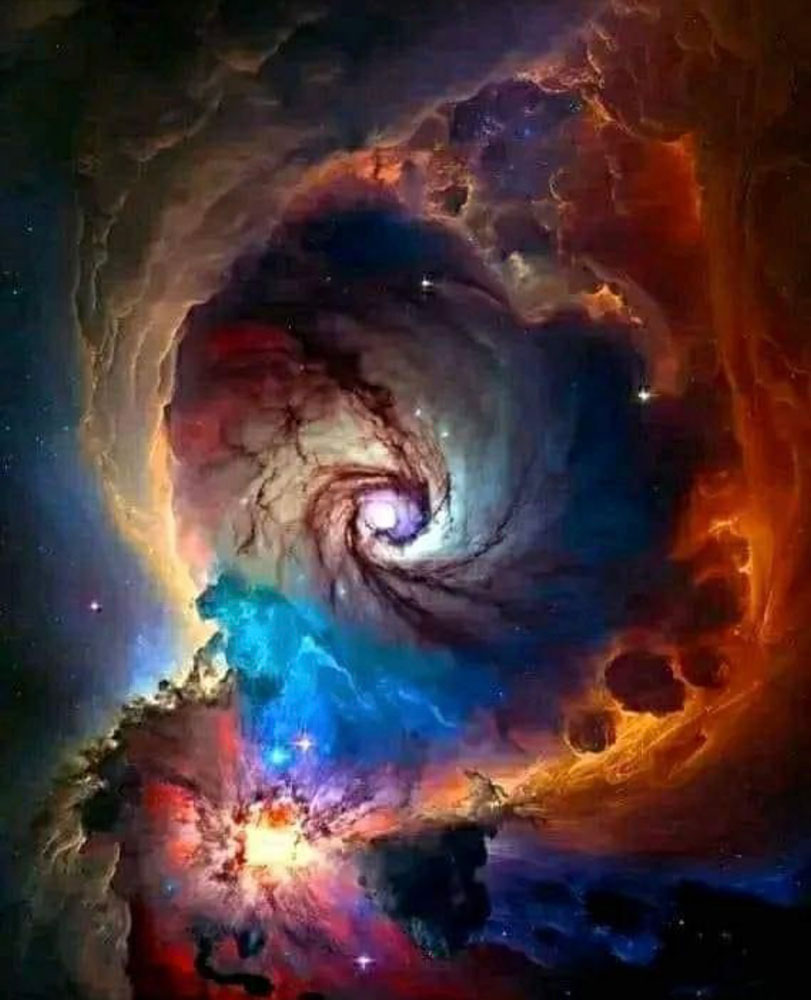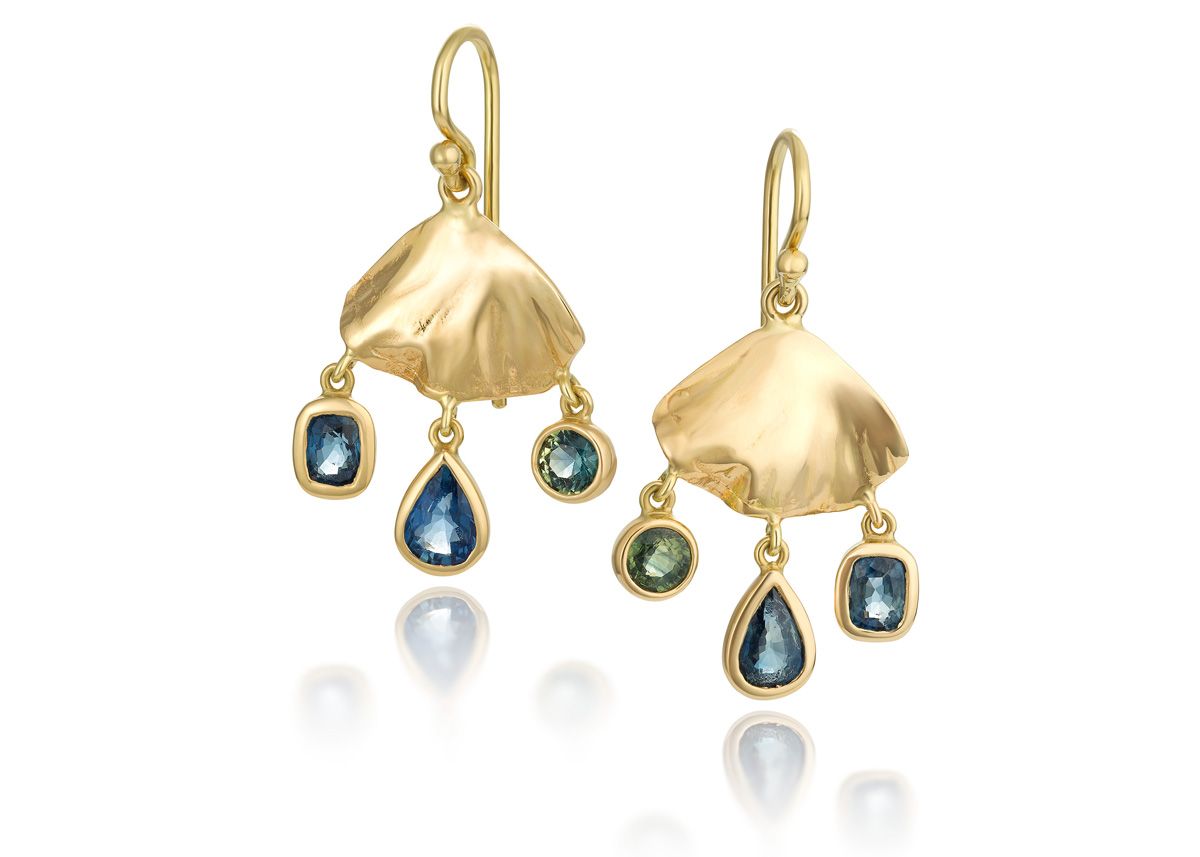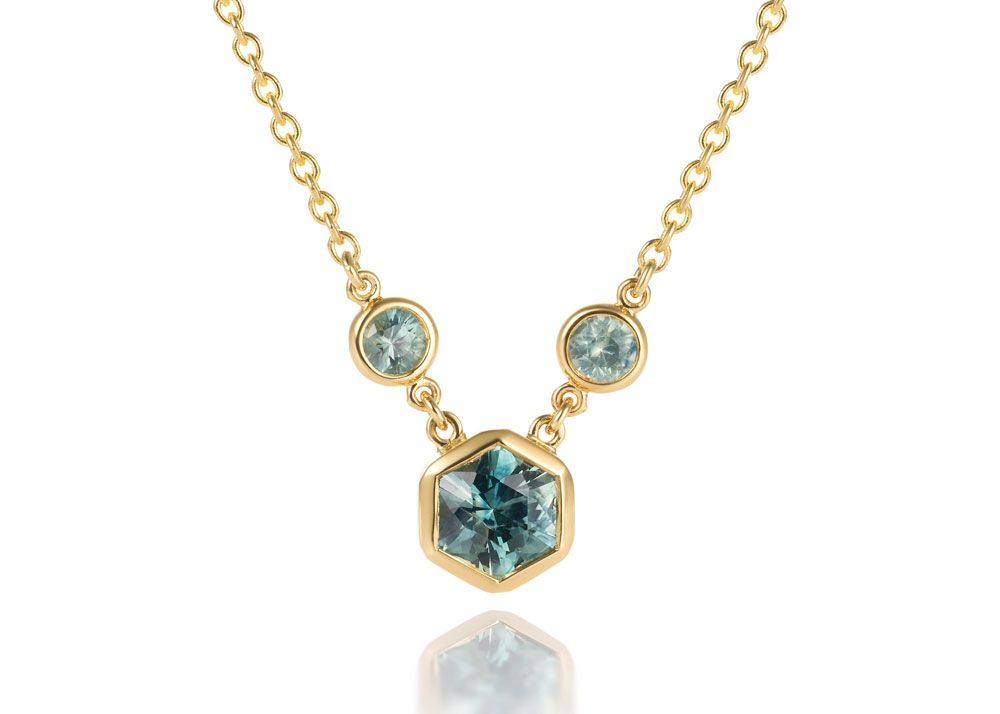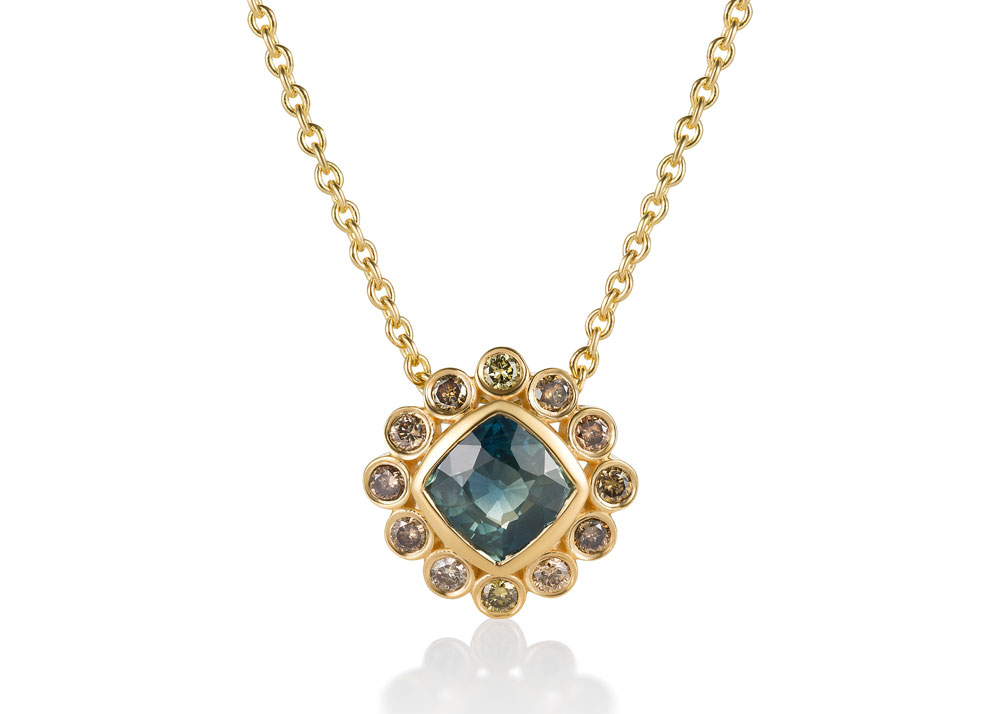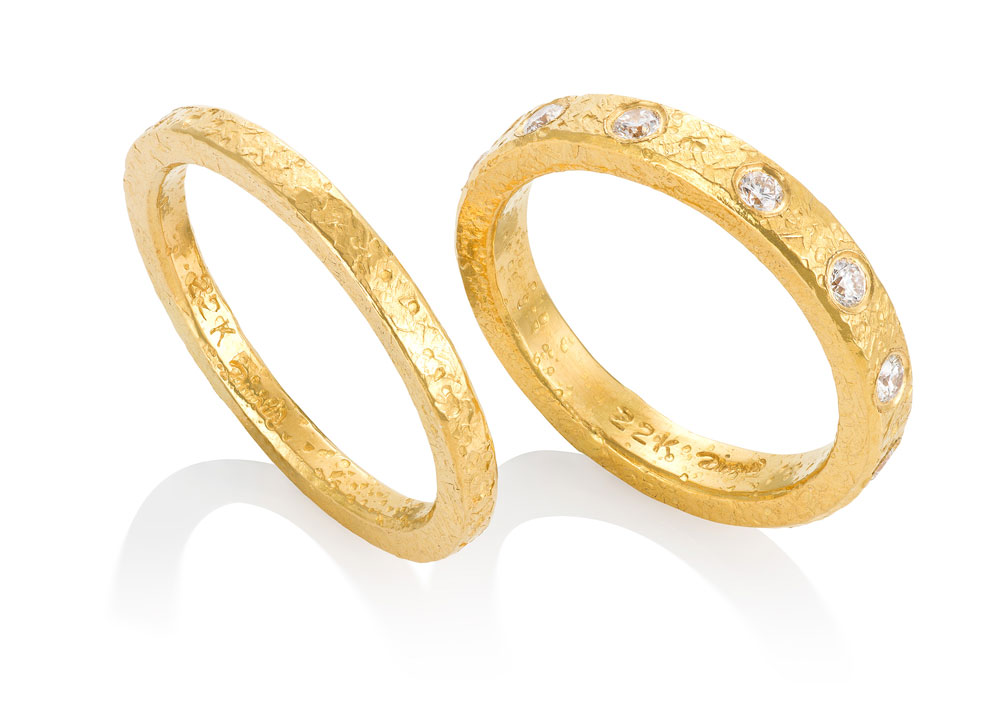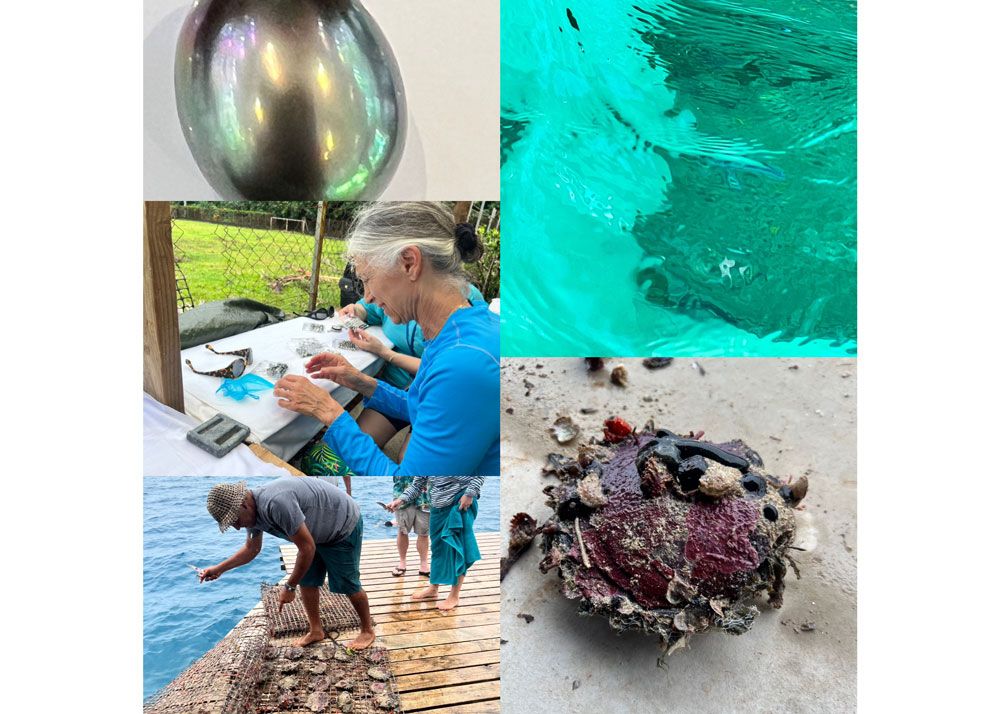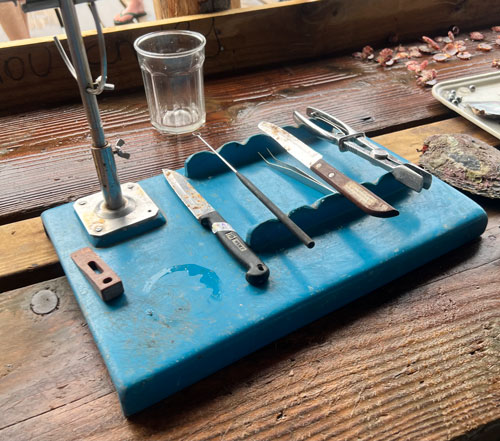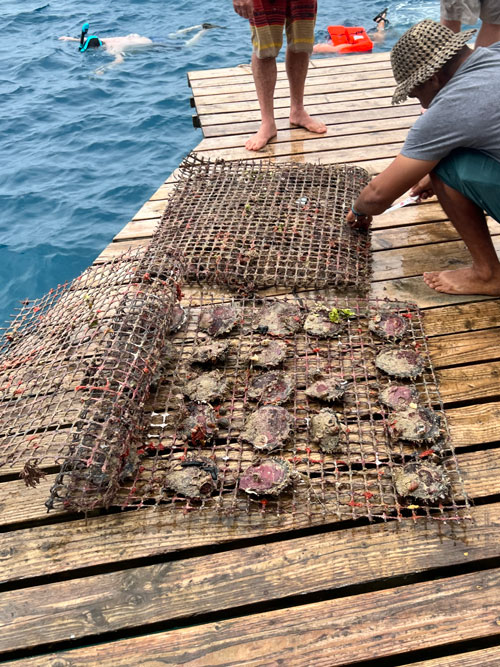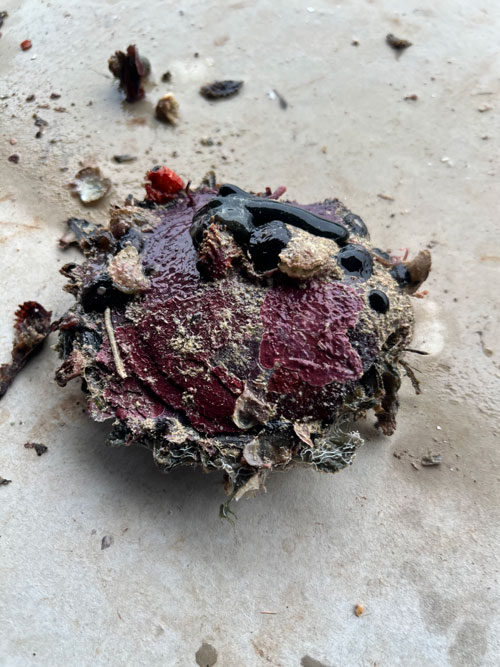World of Color: Ultramarine, Aqua, Turquoise, Lapis, Cerulean, Indigo, Prussian, Cobalt, Egyptian, Navy…Oh My
Since you all like this series so much, I thought I’d dive into blue. As you can see from my inexhaustive list above, this could get me into treatise territory. Research by the Crayola Company, college professors and others have shown time and again that blue is our favorite color. They believe our blue love comes from clear skies and oceans, two inspiring features of Earth. Generally, our favorite colors are hues we associate with positive emotions or beautiful things from Nature. I’m not sure why the expression “feeling blue” means we are sad if we love blue so much, but onward.
In Renaissance art, blue was associated with spirituality and the Heavens (there’s that sky again.) In the history of art, blue pigment was unavailable until, 6,000 years ago, when lapis from the Afghani province of Baluchistan was ground into pigment and transported via the Silk Road over thousands of miles. For many years, blue pigment was the most valued resource on Earth. Due to its scarcity, blue ascended to symbolize divinity, wealth, power, and purity. Some well-known painters in different centuries favored blue as a central color: Van Gogh in his “The Starry Night” uses blue to suggest movement of the heavens as a metaphor for the soul. Johannes Vermeer modifies ultramarine to soften the hue into shades likely found in the home. Giotto, covers the ceiling of the Scrovegni Chapel with ultramarine, a lavish use of this costly material.
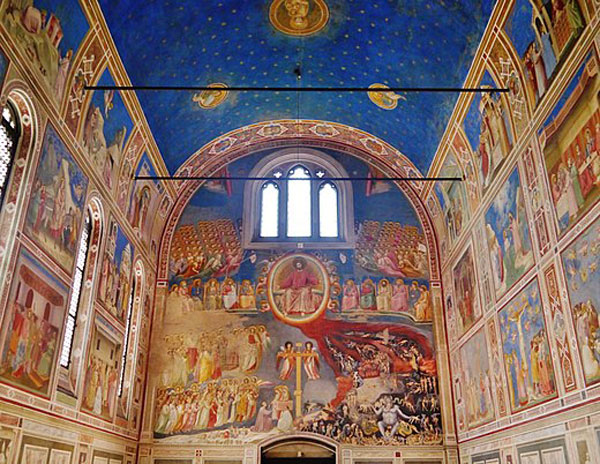
In the jewelry world, blue dominates the preference landscape, too. I mean, who doesn’t love a deep blue sapphire, a watery light blue sapphire or a greenish blue aquamarine? How about blue pearls, the rarest pearl color? Mm hmm… I thought so. Sapphires are loved for many reasons, of course, including durability for daily wear. But I digress.
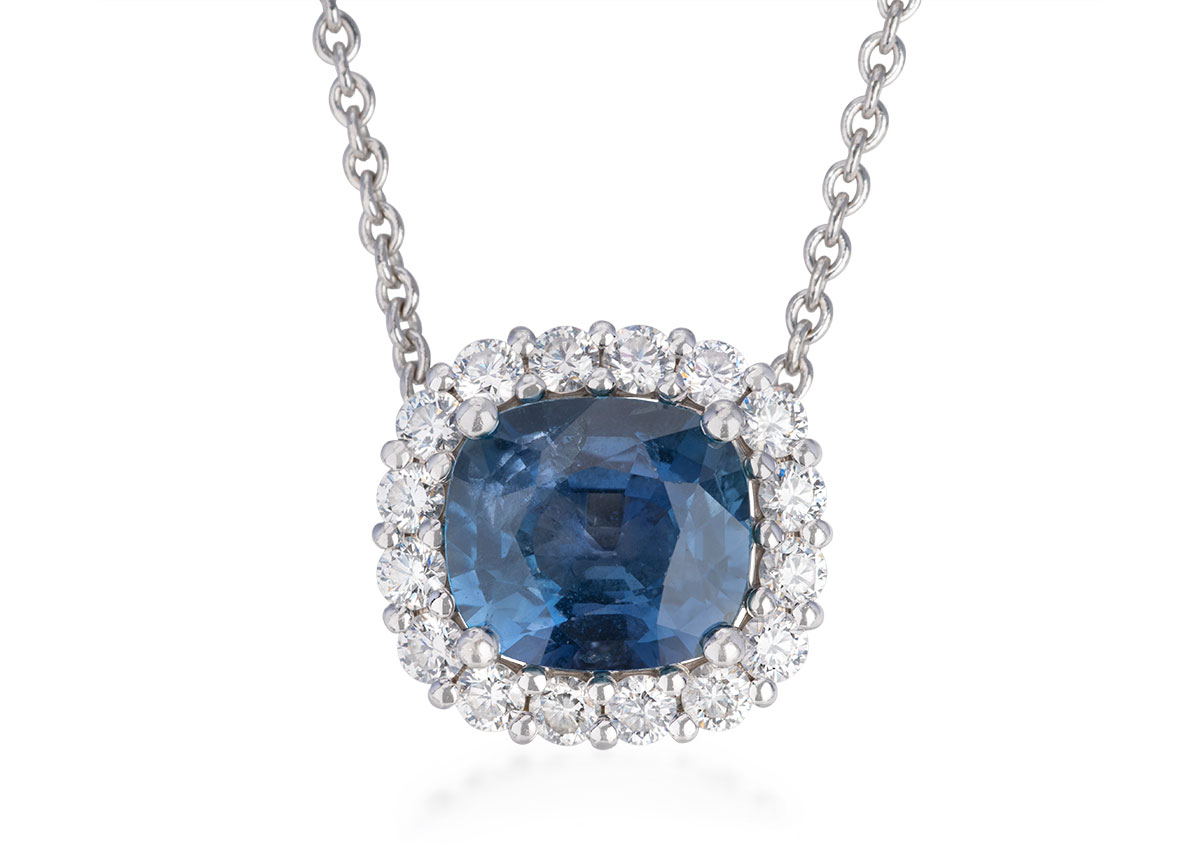
Do you have a favorite blue? I’d love to know.
Stay cozy!
Diana

